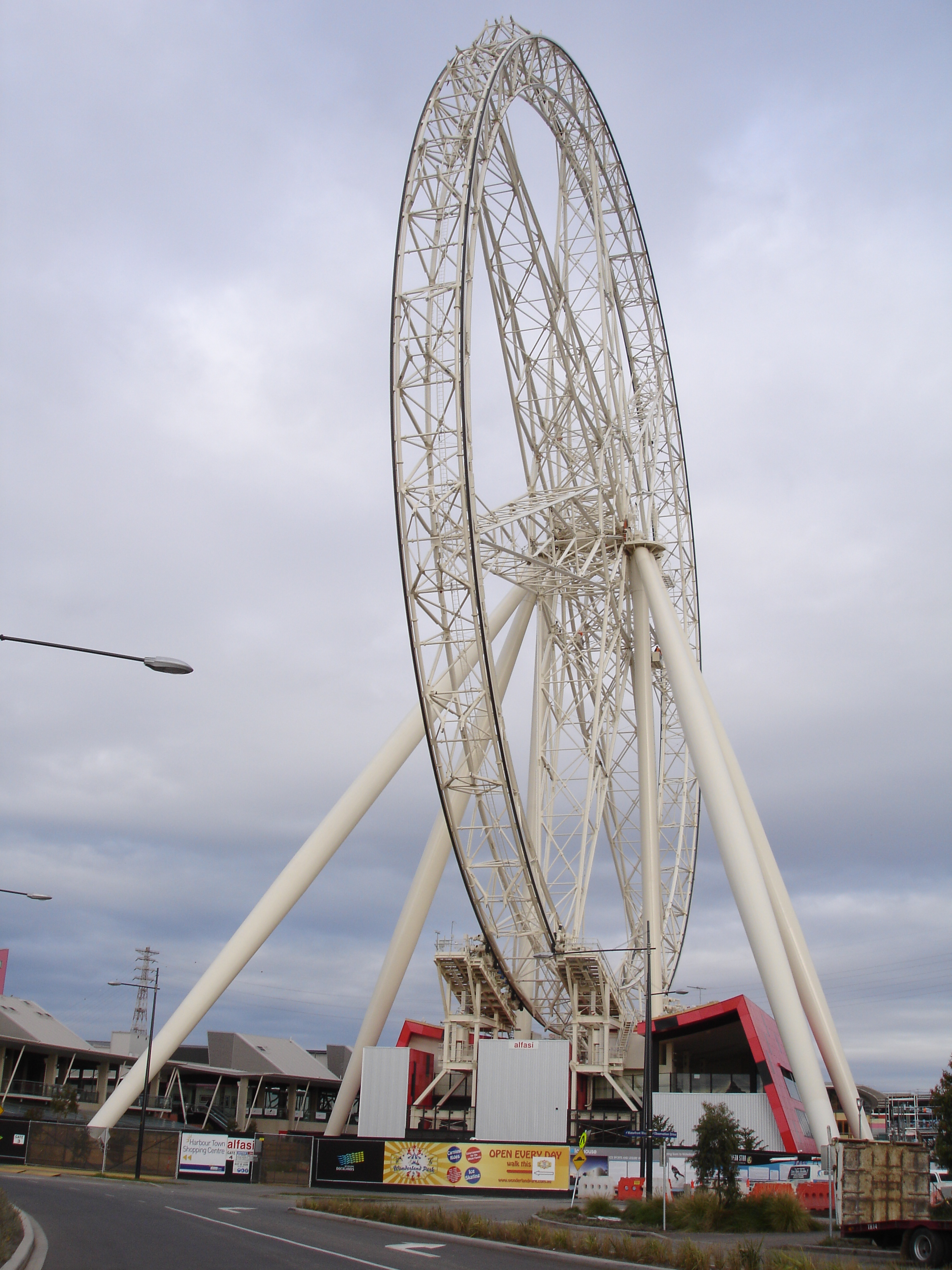Managing Design Risk – Cost, Time and Quality?

Dr Donald Charrett (2012) 142 ACLN 6
This paper endeavours to identify the major design risks in a construction project, generally under the headings of scope, time, cost and quality. The fundamental importance of design in achieving a project that satisfies the manifold requirements of aesthetics, functionality, constructability, operability, maintainability and economic performance over its life cycle are emphasized.
The 1:10:100 “rule” brings into sharp focus the impact that design decisions made at the earliest stage of a project have on the ultimate outcome over its life. The corollary to this “rule” is that the most effective investment in ensuring project success is that made to obtain the most appropriate design. A “better” design, even if it costs more to produce, can reap substantial financial returns over a long period of time in the form of lower operating or maintenance costs, or a reduced requirement for upgrading or refurbishment.
The employer can manage its design risks by appropriate selection of the right designer, agreeing to reasonable and equitable terms in the design contract which protect the employer’s interests without an unreasonable or unrealistic shifting of risks to the designer, and by agreeing to reasonable remuneration and time to perform an agreed scope of work to the required quality. In addition to auditing of the designer’s compliance with the requirements of the contract, in appropriate cases it may be appropriate to engage an independent “proof engineer” to ensure the quality of the design. The employer’s best risk management will be to have an unrelenting focus on the quality of the design, and provide an appropriate contractual setting in which this has the best opportunity of being achieved.
The designer can best manage its design risks by appropriate due diligence on the employer, by not agreeing to contractual terms which place unmanageable and uninsurable risks on it, by ensuring that it will be adequately remunerated for a clear and unambiguously defined scope of work it is required to execute, and by executing that scope of work in accordance with the contractual requirements. Managing risks during execution of the design requires that adequate attention be given to resources, not only those at the “coalface” but also those required for supervision, coordination and checking. Quality certified design organizations generally have sophisticated procedures intended to achieve designs to the appropriate quality, delivered on time with an acceptable financial outcome. A designer ignores those procedures at its risk!
Further information can be downloaded Download

